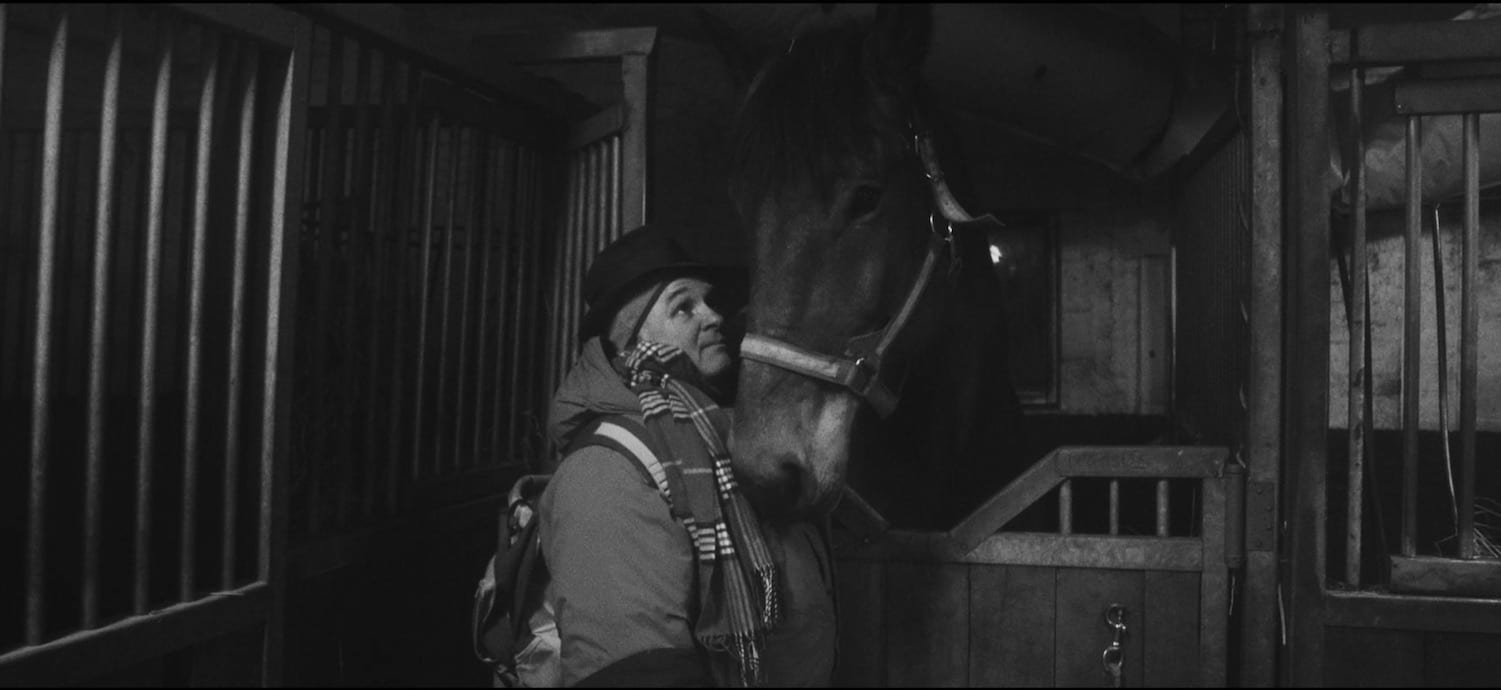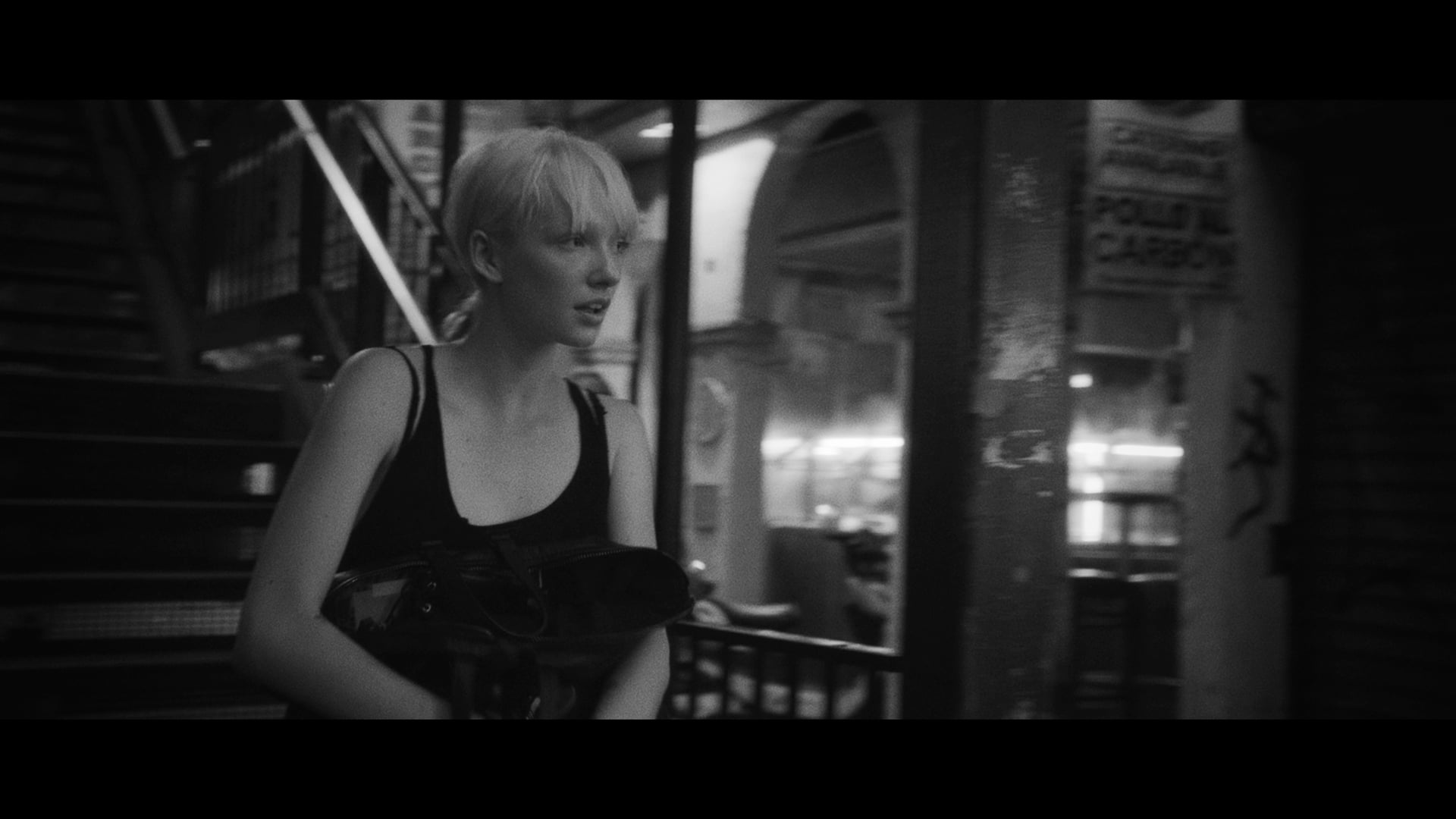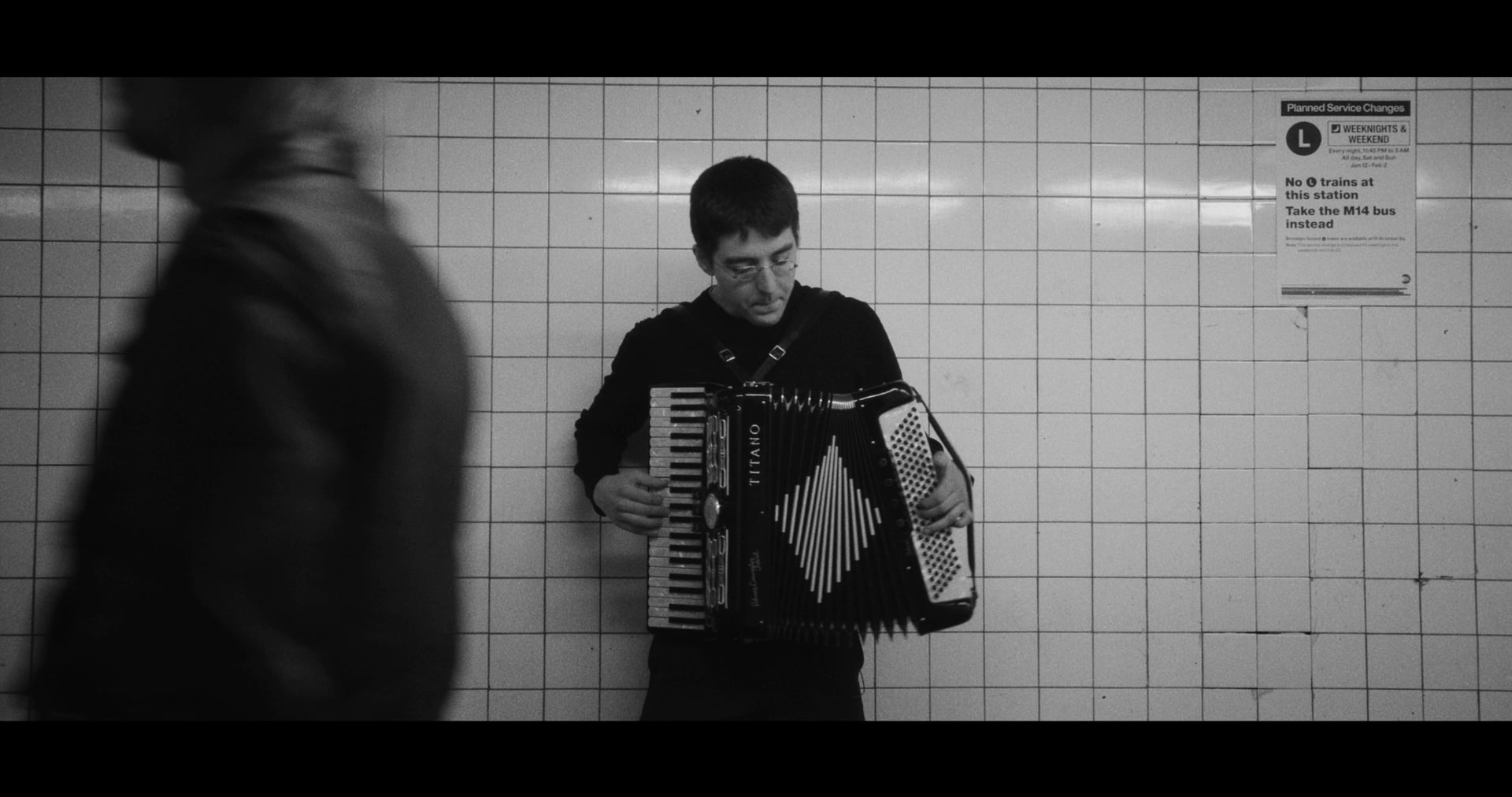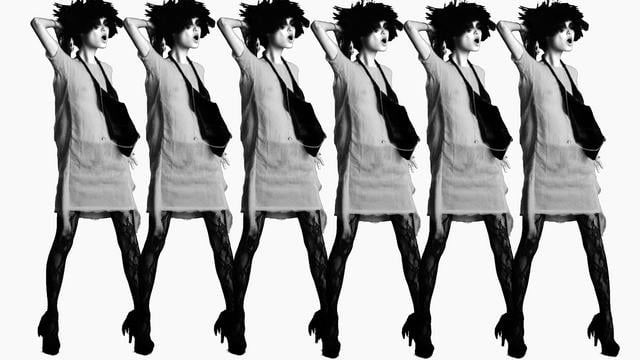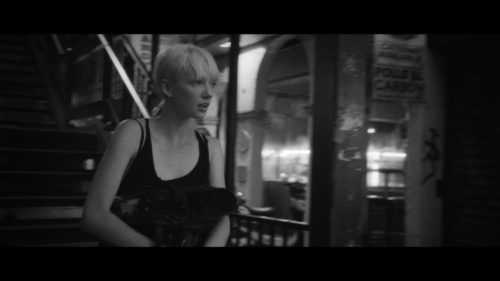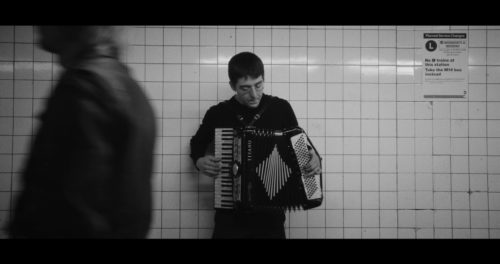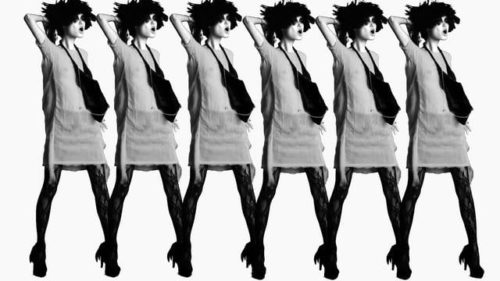To what extent do you get to know your subjects before shooting? Is it important for you to like the character?
I try to develop a relationship with the subject before we begin the film so that they feel comfortable once the camera is pointed at them. Everyone we’ve shot aside from Ariel (episode 1) had never been in front of a camera and it can be an intimidating force if you go in cold. After discovering the subject, I try to spend an hour or two discussing the philosophy of the Chapters project, what their life is like, and most importantly getting to know them on an intimate level so that I can be respectful with their personal space and capture them in a natural way.
I’ve been lucky in that I have liked every subject so far. However it would be an interesting challenge to work with someone I didn’t particularly like. You can’t like everybody, but you can approach their stories equally.
Are you disciplined in the amount of footage you film with a shots list – or are you tempted to let the camera run?
This is a good question because as a director and DP on commercials and narrative projects I pride myself on shooting for the edit and not rolling just for the purpose of rolling, I actually hate that. I came about this as a point of necessity when I first started making films as I used to have to edit everything myself and also had limited funds for media – hard drives and mags are expensive.
However, with NYChapters I’ve had to teach myself to avoid the urge to cut camera, and let scenes play out longer than I normally would because in a documentary format, anything can happen and it’s those unexpected moments that make the subject relatable.
As of now, I don’t use a shotlist for these films. I think part of the fun of documentary filming is being inspired by the subject as it plays out and organically finding the shots that relate to the content as it reveals itself.
Do you create the story in the edit or do you have a good idea of how the narrative is going to pan out? Can you tell us please about your creative process – for instance, do you record the subject’s story first and shoot to fit the audio?
For me the edit is of the utmost importance when it comes to the Chapters project and I’m incredibly grateful that I get to work with my good friend Morgan Mitchell whom I’ve known since freshman year of high school.
In approaching the edit, Morgan is a wonderful collaborator because he has a very unique process that complements the series’ sensibilities. We discover the story together by watching everything before we start to build, and because Morgan usually interviews the subjects with me, he also has an intimate understanding of who they are, and that connection comes across beautifully in the edit.
Of course there are always the moments you love from what was captured, and I try to use those to build the rest of the film upon. It’s nice to have markers along the road to keep you on track.
The audio for the VO is recorded separately from the picture, scheduling usually informs when we can do this, but normally the interview happens after the shoot because at that point the relationship is much stronger and there are moments that were captured on film which we can refer back to.
Did you shoot the films yourself? Please tell us about the kit and crew you used.
Yes I have shot all the episodes myself on my RED Epic. I primarily pair the camera with an Angenieux 16-42 zoom lens which has a beautiful quality and is a workhorse with this kind of filming approach.
Crew usually consists of myself, an assistant or two and a producer to help manage the little things throughout the day since I normally have a camera on my shoulder. I like to keep the crew as small as possible.
These portrayals of NY life are very different from your fashion films such as Seizure. Was this a conscious decision to experiment with other forms of filmmaking?
This is funny because the fashion films were always my experimental side. I found myself making fashion films years ago due to the fact that I was working in the industry at a production company called B2Pro and had access to incredible gear and fashion contacts. At the time, I saw fashion films as a creative outlet without any rules, because the genre was just starting – kind of like the far out music videos in the 80s, when people were more experimental.
The thing is that my sensibilities have always been more in line with NYChapters and other recent narrative projects but until recently, I didn’t have the same resources and autonomy. I feel fortunate to have an outlet like NYChapters to celebrate the stories and struggles of everyday people and I look forward to seeing how this project will evolve.
LINKS:
